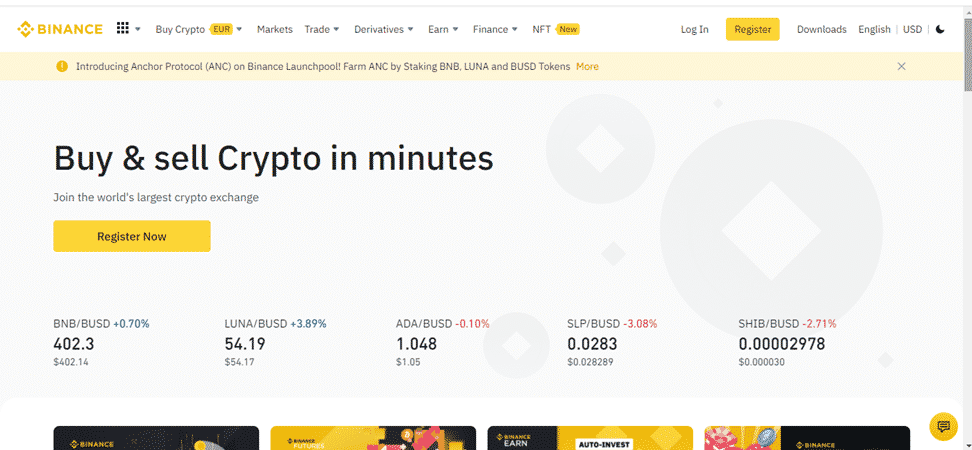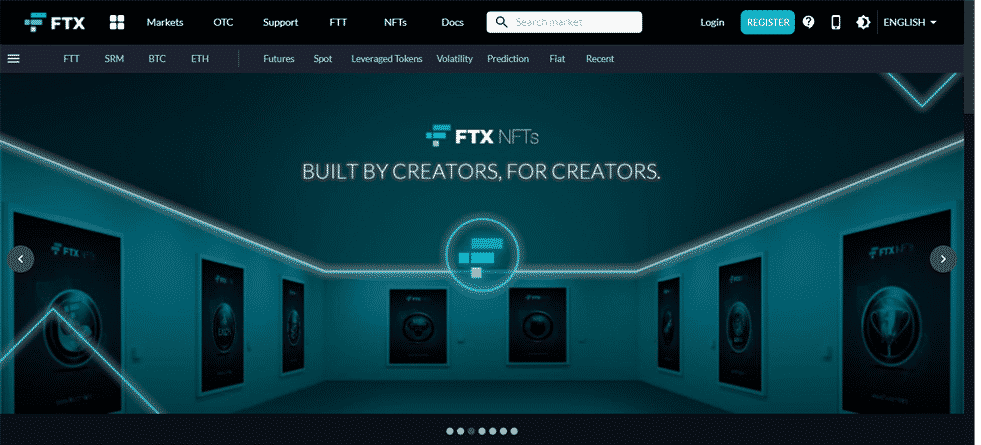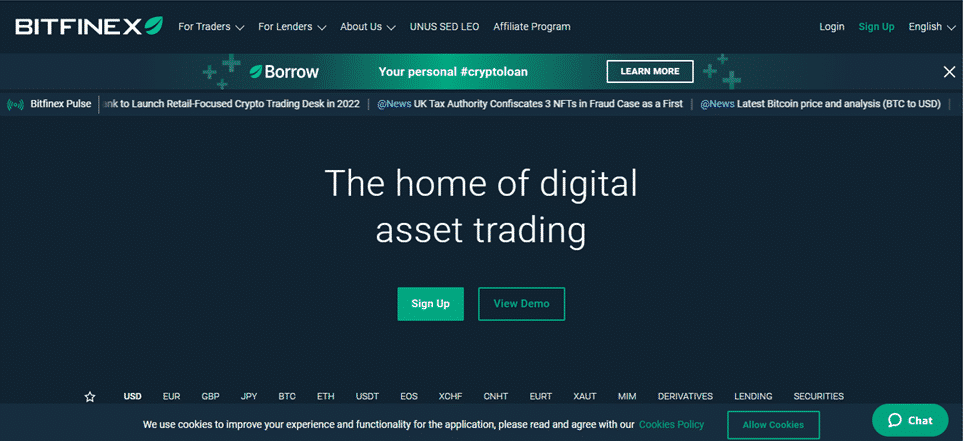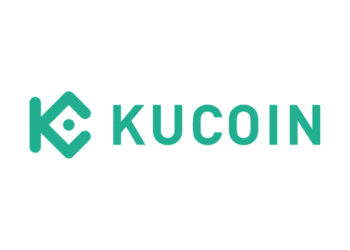After Bitcoin came into fruition in 2009 as the first cryptocurrency, it created the need for a platform on which users could trade crypto. Come the following year, 2010, the first centralized exchange was launched, and many others soon followed. These CEXs provide a platform on which individuals and institutions can exchange crypto tokens, whether with fiat currency or other crypto tokens. To date, most of these platforms work with regulators to provide secure platforms for the crypto trade. With their ease of accessibility and intuitive user interfaces, they have been among the driving forces behind the widespread adoption of cryptocurrencies and other blockchain products all around the globe.
Defining centralized exchanges
Centralized exchanges work by maintaining an order book that details all the buy and sell orders of their clients at certain prices. They then proceed to match these orders using special algorithms. In an actual sense, the users who utilize them do not exchange the crypto or fiat they are trading. Instead, the CEX takes ownership of all currencies traded through them then issues IOUs to the trader. The IOUs are only converted into actual currencies when the trader wishes to withdraw their funds.
Today, these CEXs are the most popular platforms for crypto trading. However, their reliance on a central institution does come with some disadvantages. For one, since the institution takes custody of their clients’ funds, it makes it a ripe target for hackers looking to steal the funds. What’s more, these institutions are seldom transparent with their internal mechanisms, which could introduce malicious activities such as price manipulation.
Additionally, if a CEX were to shut down due to technical issues and such, it would lead to losses for their clients from lost trading opportunities. They are also easily subjected to stringent government policies and regulations. These regulators could easily arm-bend them into disclosing private client information or even freezing a client’s funds.
Top CEX projects worth keeping tabs on
Binance coin (BNB)

The Binance exchange platform was launched in 2017 by Changpeng Zhao. Today, it is the biggest centralized exchange worldwide by volume. Its main aim is to facilitate global finance through cryptocurrencies and blockchain technology. Apart from being an exchange platform, other offerings from Binance include the Binance Chain, Binance Smart Chain (BSC), Binance Academy, Trust Wallet, and various other research projects. BSC also plays host to various decentralized apps, NFTs, and decentralized finance (DeFi) applications.
BNB, the native coin of the Binance ecosystem, is used to pay transaction fees on the network and can also be staked using the Trust wallet. Currently, it is the fifth-largest cryptocurrency, with a market capitalization of about $66.5 billion.
Crypto.com Coin (CRO)

Crypto.com is a renowned company that offers various financial services in the cryptocurrencies space, such as trading and payment. Their blockchain, Crypto.com chain, is host to the CRO token, which is used to make payments on the platform. Their main aim is to expand the adoption of cryptocurrencies into mainstream financial systems all over the world. This way, users get personal control over their funds, as well as data protection and anonymity.
Users who hold the CRO coin can stake it to earn a portion of the network’s transaction fees. The rewards for staking range between 10-12% and the token can be staked on the Crypto.com app or on their metal Visa card. Users of this coin also enjoy cashback offers of up to 20% when they use it to make payments and up to 10% when they purchase gift cards with the token and use it for peer-to-peer transfers.
FTX Token (FTT)

FTX is a trading platform that offers crypto derivatives. It was launched in May of 2019. It differs from other exchanges by offering clawback prevention, utilizing a three-level liquidation model, a centralized collateral pool, and settlement using stablecoins. Since derivatives are only settled using stablecoins, users only require one universal crypto wallet.
The platform also provides leveraged tokens, which users can utilize without the need for margin. These leveraged tokens are all ERC-20 compatible. FTX is the native token on this platform.
UNUS SED LEO (LEO)

This is a utility token used on the iFinex chain. Its strange nomenclature comes from one of Aesop’s fables, a collection of stories from ancient Greece. This token allows users of Bitfinex to save on transaction fees. Depending on how much of the LEO token a user holds, they can qualify for one of three levels of discounts. These discounts also vary depending on whether the transaction is exchanging crypto for crypto or stablecoins.
This token is unique in that it is designed to follow a burn mechanism, meaning its supply diminishes over time. It is also hosted on two different blockchains, 64% of its supply on Ethereum while the rest is on EOS.
KuCoin Token (KCS)

KuCoin is a decentralized exchange whose native coin is KCS. This coin is used as a utility token on the exchange and for paying transaction fees on the platform. Holders of this coin can enjoy discounts of up to 80% on their trading fees and can also become VIPs on the platform. This would enable them to unlock the subsidized maker and taker fees without requiring to have large BTC trading volumes. Those who hold more than 6 KCS also get daily dividends from a portion of the transaction fees collected from the exchange.
The developers behind this token designed it with an original total supply of 200 million tokens. However, the coins are burned every quarter until the maximum supply drops down to 100 million KCS.
Conclusion
Centralized exchanges are platforms for trading cryptocurrencies that are controlled by a central entity. These platforms have been at the forefront of expanding global crypto adoption by making these assets available to millions. These exchanges will often have a native token that has several use cases on its home platform, such as paying transaction fees.







